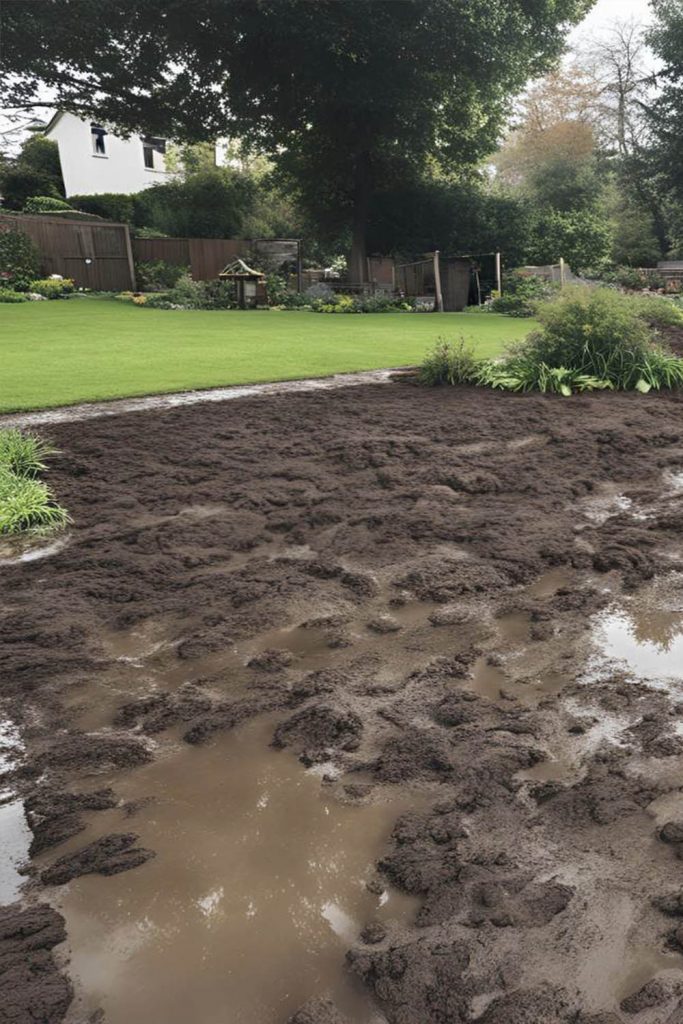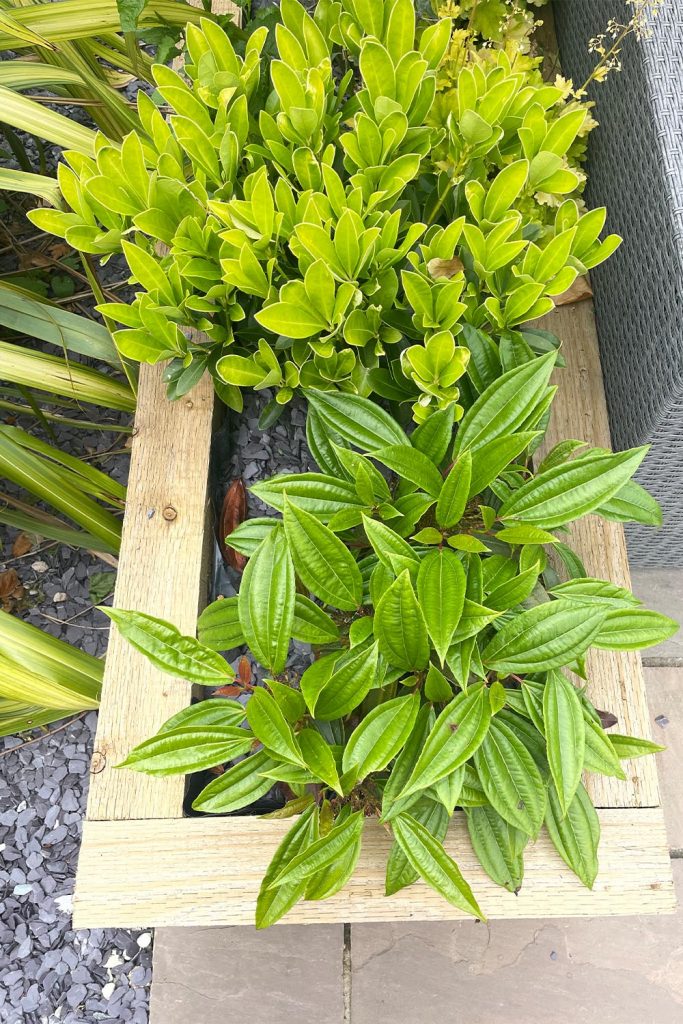How to dry wet soil fast!

Wondering how to dry wet soil fast? Perhaps your lavenders have root rot, or your dahliahs are drowning! Drying wet soil quickly is a common challenge for gardeners. Excess water can lead to poor drainage, root rot, and unhealthy plants. Whether dealing with a small pot or a large garden bed, here are some effective ways to dry wet soil fast.
Understanding Your Soil Type
The first thing to consider is the type of soil you have. Sandy soils drain faster than clay soils, which tend to retain moisture longer. Knowing your soil type helps in choosing the best way to dry it. For instance, garden soil with good drainage will respond differently compared to houseplant soil in a small pot.
Improving Drainage
Improving drainage is crucial in preventing wet soil conditions. Ensure your pots have enough drainage holes at the bottom. For garden beds, consider installing drainage systems like a French drain to manage excess water effectively. Adding organic matter such as wood chips or peat moss can also improve soil structure and help in drying soil faster.
Quick Soil Drying Techniques – Indoors
If the plant is indoors you can utilise these helpful tips…
- Increase Air Flow: Use small fans or place the plant in a dry area with good air circulation. This helps evaporate moisture from the soil surface.
- Direct Sunlight: Expose the soil to direct sunlight, which speeds up the drying process. Be cautious not to overexpose sensitive plants to too much sunlight.
- Paper Towels: For houseplants, place paper towels on the soil surface to absorb excess moisture.
- Heating Pads: Place a heating pad under the pot to warm the soil, encouraging faster evaporation.
- Reduce Watering: Adjust your watering schedule to ensure you’re not adding too much water, and use a moisture meter to check soil moisture levels before watering.
Quick Soil Drying Techniques – outdoors

- Improve Drainage:
- Create Drainage Channels: Dig small trenches or channels to help water flow away from the waterlogged area.
- Install French Drains: These are trenches filled with gravel or rock containing a perforated pipe that redirects surface water and groundwater away from an area.
- Aerate the Soil:
- Use a garden fork or aerator to poke holes in the soil, which helps improve air circulation and allows water to drain more efficiently.
- Add Organic Matter:
- Mix in organic matter like compost, peat moss, or well-rotted manure. This can help improve soil structure and increase its drainage capacity.
- Use Absorbent Materials:
- Apply materials like sand or gypsum to help absorb excess moisture and improve soil drainage.
- Remove Excess Water:
- Use a pump or siphon to remove standing water if the area is severely waterlogged.
- Sun and Wind Exposure:
- Remove any obstacles that block sunlight and wind from reaching the soil. This can help speed up the evaporation process.
- Spread the soil out as much as possible to increase the surface area exposed to the air and sun.
- Tarp or Plastic Sheet:
- Cover the soil with a tarp or plastic sheet during the night to prevent additional moisture from dew or rain from settling on it. Remove the cover during the day to allow the sun and wind to dry it out.
- Use Quicklime (Calcium Oxide):
- In extreme cases, you can use quicklime to absorb moisture. However, use this method with caution as it can alter the soil pH and potentially harm plants.
- Elevate Planting Beds:
- For future prevention, consider creating raised planting beds to improve drainage and prevent waterlogging.
Dealing with specific soil issues

Clay Soils
Clay soils are notorious for poor drainage. Adding organic materials such as compost or sand can improve soil texture and help dry the soil faster.
Sandy Soils
Sandy soils dry quickly but may need more organic matter to retain enough water for healthy plants. Ensure a balance to avoid too much water retention.
Hydrophobic Soil
Sometimes soil becomes hydrophobic, repelling water instead of absorbing it. In such cases, lightly till the soil and add organic matter to improve water absorption.
Long-term Solutions
For long-term improvement, consider incorporating organic materials like worm castings and peat moss into your soil. These materials enhance soil structure and drainage capabilities. Installing an irrigation controller can help manage the amount of water your plants receive, preventing overwatering.
Recognizing Overwatered Soil
Signs of an overwatered plant include yellowing leaves, wilting despite moist soil, and the presence of fungus gnats. These symptoms indicate poor drainage and excess soil moisture, which can lead to root diseases.
Final Tips
- Avoid Shady Areas: Place plants in areas with adequate sunlight to aid in drying soil.
- Check Drainage Systems: Regularly inspect and maintain drainage systems to prevent waterlogging.
- Use Less Water: Adjust watering habits based on weather conditions, especially during the rainy season or wet spring.
By understanding your soil type and employing these techniques, you can effectively manage wet soil conditions and promote healthy root systems and plant growth.